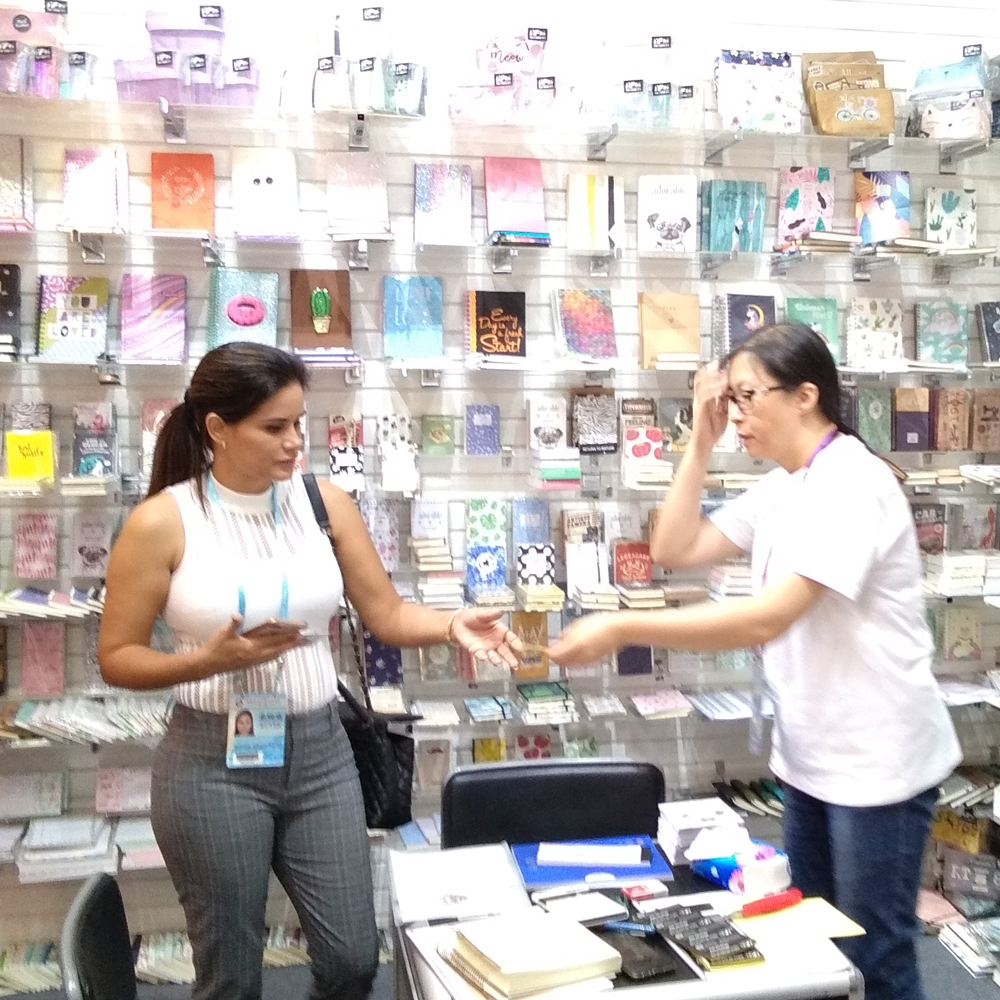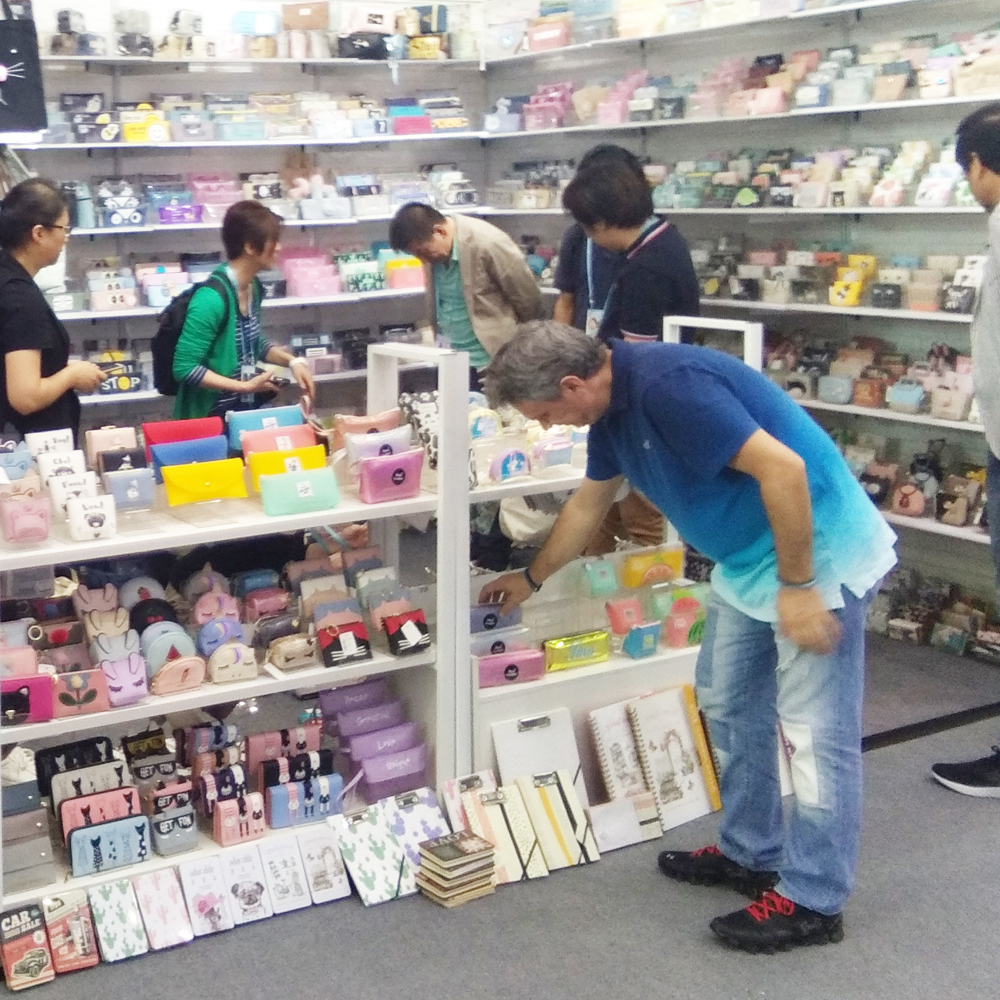Pearl film printing and compounding
Gravure printing pearl film is generally used double-sided heat seal type. Products can be directly heat-sealed on less demanding content. In gravure printing, polyamide printing ink is generally used, but ink is also used for printing. The printing sequence generally uses the method of printing, that is, printing yellow or red sequence and then printing black. Pay attention to tension control and drying temperature control during printing. In addition, the winding of the pearlescent film is also very important, it is recommended not to take too tight, so as to avoid adhesion failure. Now gravure printing machine winding device, from the original manual adjustment spring to control the tension evolved using electronic frequency conversion automatic control.
Printed pearlescent film common failure
1. Bite
The phenomenon of biting is that the ink of the previous color is anti-adhesive to the next color plate at the time of overprinting, and the color of the previous color can be clearly seen on the latter color.
Biting causes:
1 Insufficient drying of the ink of the previous color, the relative drying speed of the next color is too fast, causing the viscosity to increase instantaneously, sticking the previous color.
2 The solubility of the resin in the ink is so good that the ink is easily redissolved.
3 The printing speed is too slow, so that the pattern part of the printing film stays on the printing plate roller for a long time.
After 4 color printing pressure roller pressure is too high.
Biting solution:
1 Use a quick-drying solvent in the previous color to increase the drying rate of the previous color.
2 increase the printing speed.
3 Hair to the second color layout.
4 Reduce the imprint pressure. Replace the ink.
2. Blocking phenomenon
The gravure printing pearlescent film is easy to block, and the plate blocking phenomenon is generally manifested as: the shallow plate can not be transferred; the transfer volume of the deep plate ink is reduced, usually from 50% to 70% to 30% to 20%.
cause:
1 In printing, with the large amount of solvent volatilization, the viscosity of the ink increases, the ink cannot enter the fine dot, and the ink inside the cable gradually dries and solidly blocks the plate.
2 In the printing, the position of the doctor blade is far from the printing roller or the angle is not reasonable. The roller diameter is large or the depth of the plate roller entering the ink tank is less than that of the platen roller, causing serious blockage (the latter case is very common in domestic printers). .
3 The engraving depth of the printing plate is not suitable, and the angle of the mesh is not suitable.
4 When the ambient temperature during printing is too high, the solvent can evaporate too quickly, resulting in blockage (prone to occur in summer).
5 Ink reaction itself, especially the addition of a series of curing agent ink, with the application of the longer time, the ink curing in the printing plate cable, and gradually reduce the depth of the plate leading to block. This requires the use of curing agent ink, should always check the situation of blockage.
6 Ink formulation is irrational, using a lot of fast drying solvents.
solution
1 Adjust the drying speed of the ink, and use some slow-drying solvent according to the actual printing conditions.
2 Adding a varnish to improve and increase the fluidity of the ink.
3 After printing, immediately clean the plate.
4 Add appropriate solvents in time according to actual printing conditions, and try to ensure that the printing viscosity of ink is caused.
5 Redesign the ink formulation to reduce the initial dryness of the ink and the dryness of the ink, and increase the flow and transfer performance of the ink.
6 For the blockage caused by the use of curing agent, only the following measures should be adopted. If no curing agent is added or added as much as possible, it is really necessary to increase the time. When printing, attention should be paid to the phenomenon of blockage and clean up in time.
When the dry composite pearlescent film is used, the BOPP pearlescent film is generally used as a composite material and has good heat sealing properties. The common composite structures include BOPP/BOPP (pearlescent), BOPP pearlescent/PE (CPP) and so on. The dry composite pearl film is mainly controlled by the control of material tension and flatness. For example, the structure of BOPP/BOPP pearlescent composite product, the ultimate purpose is to use for packaging labels. The label specifies a length of 20cm, a width of 0.8cm, the product is not heat-sealed, but can be divided by the combination of double-sided adhesive with the hand-held machine. Cut, requires a production speed of 100 sheets/minute. We can see that the product is not heat sealed and the area is small. If the product is not flat, bag making cannot be done, so flatness is important.
The smoothness of the composite processed product is good or bad, tension control is the key, and of course, it is not ruled out because of adhesives or temperature control and other factors. Most people think that the unwinding of tension and the unwinding of composite materials must be consistent to ensure its flatness. However, in the composite processing, the tension control requires a small unwinding tension, and the unwinding tension of the composite material must be large. A technique that is useful for detecting the flatness of composite products is to use a blade to draw a stroke in the middle of the composite product, and carefully observe whether the edge of the product is curved inward or outward. Experienced employees all know that when the product is bent inwards, it indicates that the tension of the composite material is too large and the opposite direction is warped outwards, indicating that the tension of the rubberized coating is too high. But at the same time, tension adjustment should be carried out according to the actual situation. Another test method is to take a short paragraph, naturally floated from the air, and then observe the formation of the product. In general, the above method can be solved.
Reasons for low peel strength of composite products of pearlescent film
The low peel strength is a relatively general concept. In fact, the problem of peel strength of soft packaging mainly refers to the problem of interlayer peel strength and heat seal peel strength.
Interlayer peel strength difference causes:
1. Composite pearlescent film materials or printed BOPP materials have low surface tension values ​​and do not meet the printing or compounding requirements.
2. Improperly controlled printing drying temperature or the use of a large amount of residual solvent affect the peel strength.
3. The printing ink is incompatible with the printed substrate and the compatibility is not good.
4. The selected adhesive is not suitable.
5. The amount of compound glue is too small, generally recommended not less than 1.8N/15mm.
6. The temperature of the compound oven was not properly controlled and the solvent volatilization seriously affected.
7. Composite roll temperature is too low.
8. There is a problem with aging time or temperature control. The maturation time of the two-component polyurethane adhesive is generally controlled from 24 hours to 48 hours, and the aging temperature is controlled at 50°C.
The solution is:
1. Increase the surface tension of the material until it meets quality requirements. BOPP at 38 dyne, PET at 50 dyne.
2. Adjust the printing temperature or reduce the printing speed, and adjust the solvent. The prerequisite is to ensure product quality and production efficiency.
3. Analyze the cause and solve the problem. It is forbidden to mix inks that are not the same resin system.
4. To change the adhesive, it is recommended to choose a special adhesive such as KH-B70/102. The main characteristics of the adhesive are: colloidal softness, particularly good resistance to freezing, no hardened products, high fluidity, lower cost, fast curing speed, 8 hours cutting process, good composite adaptability, and excellent product flatness .
5. Analyze the cause and increase the working concentration of the glue or the angle of the doctor blade, or detect the depth and the number of lines of the glue roller. It is recommended to use 140 lines/601 μm.
6. The temperature is controlled by a low-to-high method, and it is usually 10°C-15°C apart. Also consider the wind speed of the composite exhaust system, or suggest reducing the speed of the composite machine.
7. Increase the composite roll temperature. In fact, the design level of the composite roll temperature should have a great relationship with the machine speed and the thickness of the material, and it is also related to the nature of the glue.
8. Control the curing time and temperature.
Author/Chen Quandong
Cotton Eye Patch is a commodity for improving the quality of sleep. The material makes it very comfortable and it has many divers patterns to choose, such as cute animals and cool fonts on it. It can be used by people of any age.


Eye Patch,Eye Patch For Kids,Cotton Eye Patch,Plush Eye Patch,Leather Eye Patch,PU Eye Patch.
Jilin Y.F. Import & Export Co.,Ltd , https://www.jilinyf.com